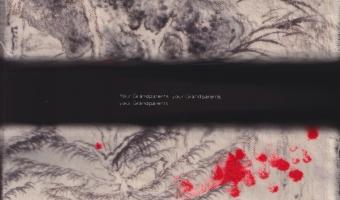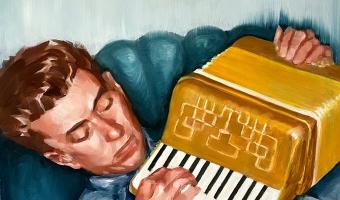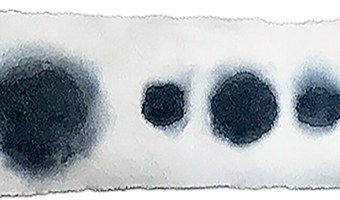mihyun maria kim
ARTIST STATEMENT
‘Han’ is a Korean word that describes a sense of one’s loss, grief or ‘shared suffering’. It is both a memory and a desire that one carries, and is recognizable by the subtle gestures, expressions and attitudes they emulate. In many ways, it is a longing or mourning of a person, place or thing in the past and future that will never arrive in the present. Some of these memories are of the individual lived experiences, while others are transferred and shared amongst many, in pieces. Time becomes cyclical, revealing gaps and fractures between fragmented recollections of experiences, and as the story is seemingly revealed, it is also concealed.
Memory is crystallized in images, and connected in sequences. By the physical act of rubbing to reveal an image that slowly erases, the finite qualities of the image intensify the ephemeral nature of memories. In tracing, drawing and adding colour to fill in the image, layers on top alter and bury the ones below. Sealing and preserving the remnants of an image, with its rubbed off segments in beeswax, keeps the possibilities open to future excavations. What is lost and found perpetually affects understandings and interpretations of the past, present and future.
By playing a game of future telling with Origami, that holds an image of an estranged forgotten mother, multiple combinations of patterns are formed. Rules in Origami include the elimination of cutting or gluing parts of the paper, and rather stimulate complex folding in to each other, that cause equal parts to be invisible as many as those visible. Additionally, Origami can be opened as a flat image or closed to be activated as an object. Through the qualities of these materials, I am grasping onto a dissipating memory, recording an active engagement with “what might have been and what has been, [that] point to one end, which is always present”*.
* Eliot, T. S. Four Quartet: Burnt Norton. London, Faber and Faber Ltd, 2001, pp. 3-9. Print.
Excerpt : “Time present and time past/ Are both perhaps present in time future,/ And time future contained in time past./ If all time is eternally present/ All time is unredeemable./ What might have been is an abstraction/ Remaining a perpetual possibility/ Only in a world of speculation./ What might have been and what has been/ Point to one end, which is always present.”
‘Han’ is a Korean word that describes a sense of one’s loss, grief or ‘shared suffering’. It is both a memory and a desire that one carries, and is recognizable by the subtle gestures, expressions and attitudes they emulate. In many ways, it is a longing or mourning of a person, place or thing in the past and future that will never arrive in the present. Some of these memories are of the individual lived experiences, while others are transferred and shared amongst many, in pieces. Time becomes cyclical, revealing gaps and fractures between fragmented recollections of experiences, and as the story is seemingly revealed, it is also concealed.
Memory is crystallized in images, and connected in sequences. By the physical act of rubbing to reveal an image that slowly erases, the finite qualities of the image intensify the ephemeral nature of memories. In tracing, drawing and adding colour to fill in the image, layers on top alter and bury the ones below. Sealing and preserving the remnants of an image, with its rubbed off segments in beeswax, keeps the possibilities open to future excavations. What is lost and found perpetually affects understandings and interpretations of the past, present and future.
By playing a game of future telling with Origami, that holds an image of an estranged forgotten mother, multiple combinations of patterns are formed. Rules in Origami include the elimination of cutting or gluing parts of the paper, and rather stimulate complex folding in to each other, that cause equal parts to be invisible as many as those visible. Additionally, Origami can be opened as a flat image or closed to be activated as an object. Through the qualities of these materials, I am grasping onto a dissipating memory, recording an active engagement with “what might have been and what has been, [that] point to one end, which is always present”*.
* Eliot, T. S. Four Quartet: Burnt Norton. London, Faber and Faber Ltd, 2001, pp. 3-9. Print.
Excerpt : “Time present and time past/ Are both perhaps present in time future,/ And time future contained in time past./ If all time is eternally present/ All time is unredeemable./ What might have been is an abstraction/ Remaining a perpetual possibility/ Only in a world of speculation./ What might have been and what has been/ Point to one end, which is always present.”




